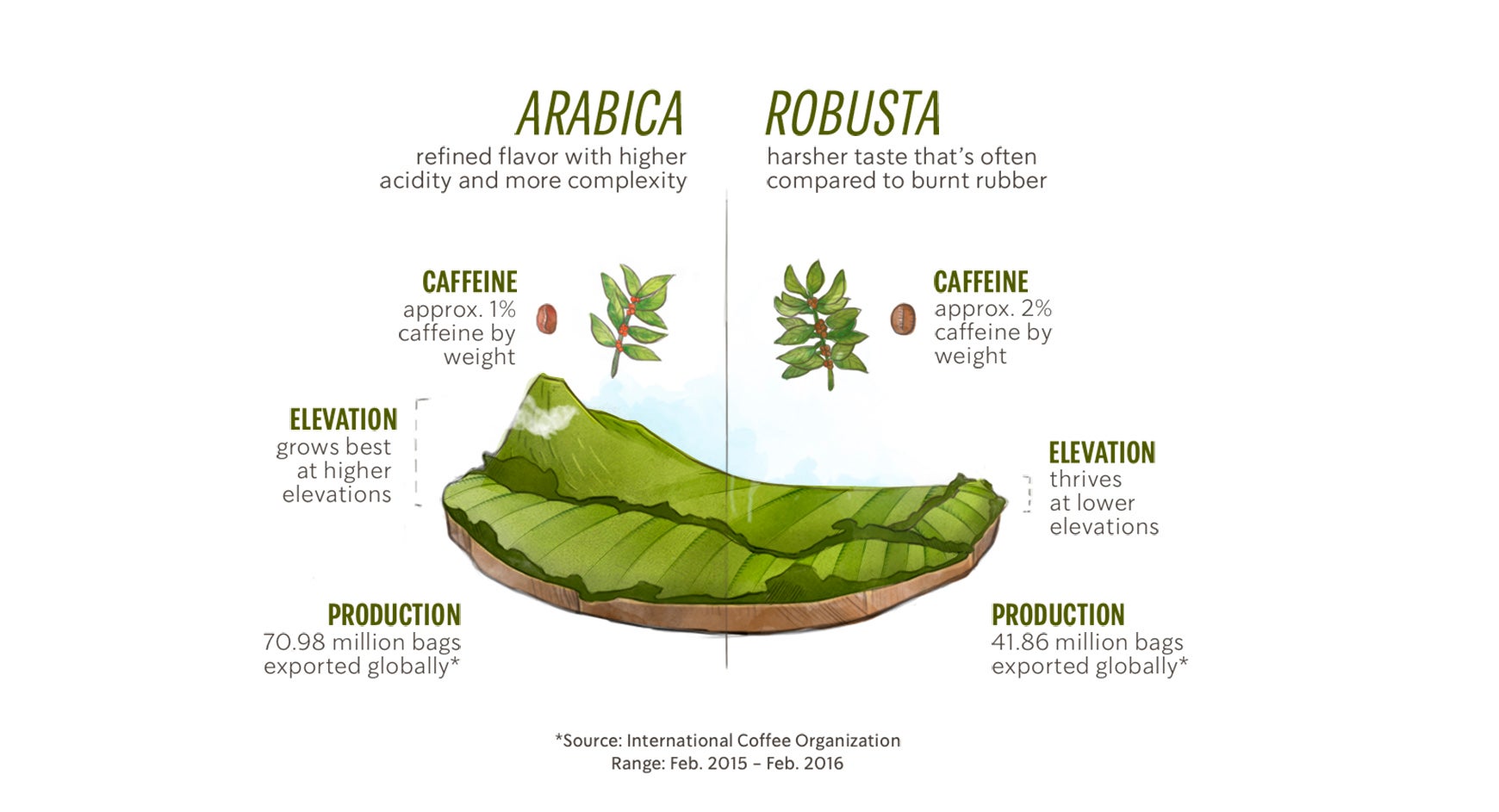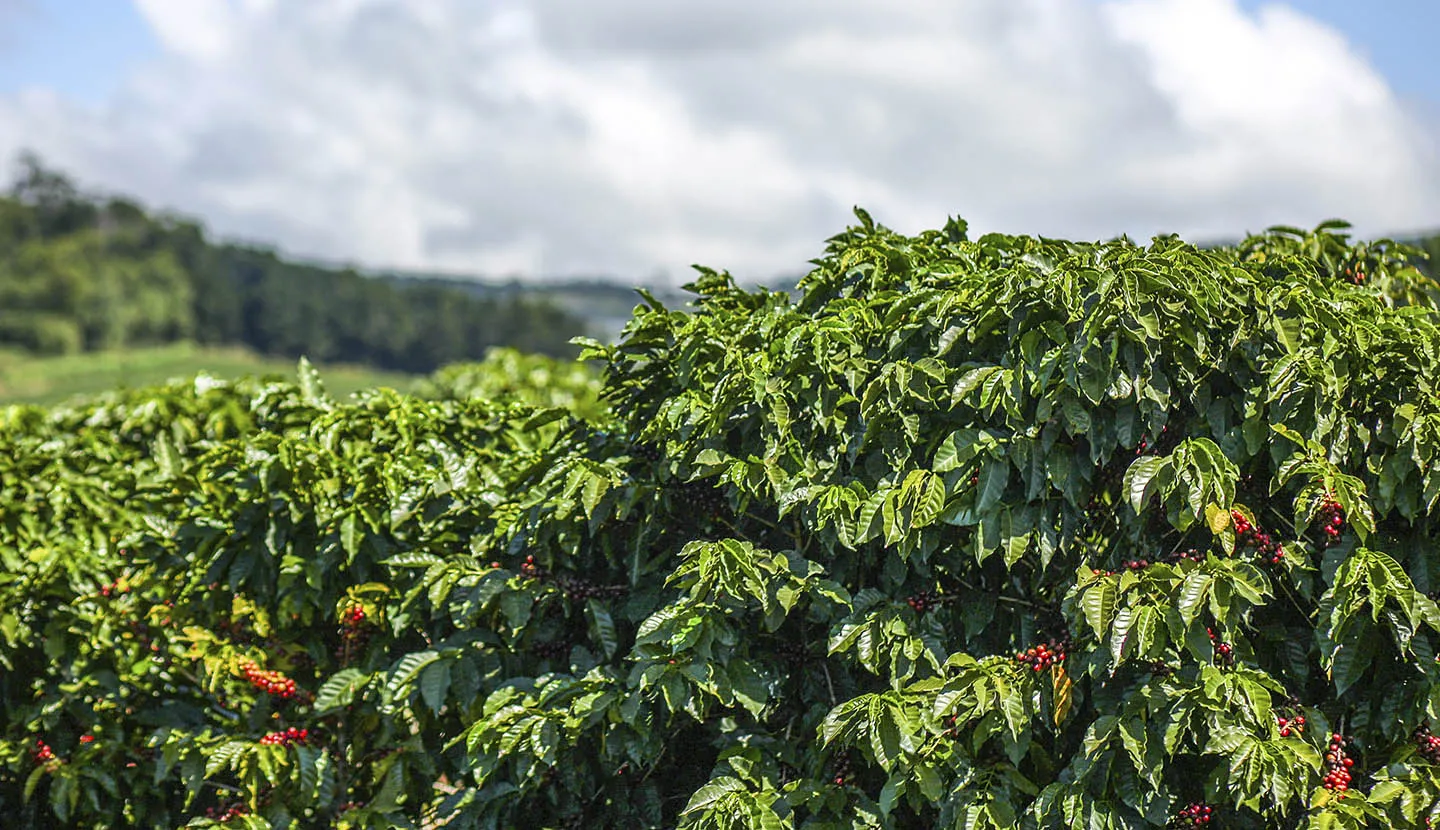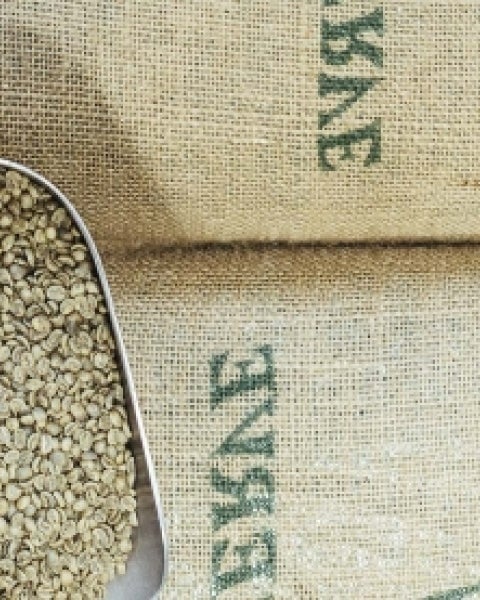Nestlé uses Starbucks trademarks under license. Keurig and K-Cup are trademarks of Keurig Green Mountain, Inc., used with permission. Pike Place is a trademark of The Pike Place Market PDA, used under license. NESPRESSO® is a registered trademark of Société des Produits Nestlé S.A. All other trademarks are the property of their respective owners.
SUMMARY
Why Starbucks only buys 100 percent arabica coffee beans
Why Arabica?
A lot of factors influence the way your coffee tastes. One of the biggest — the type of coffee tree the beans come from.
QUICK FACTS
The two most common coffee tree species are arabica and robusta.
They make up nearly all of the world’s coffee production.

Comparing the Two Coffee Beans
At first glance, robusta might seem like the preferable tree: it’s more resistant to diseases, drought and pests, grows at lower altitudes, produces more coffee cherries and is cheaper.
“So, what’s the problem? Well, the flavor. It comes down to flavor. And that less refined flavor is absolutely the reason we don’t even touch it,” said Starbucks coffee engagement manager Aaron Robinson.
The high-quality flavor of arabica beans is grounded in elevation. Arabica trees thrive at higher altitudes than robusta, typically between 3,000 and 6,000 feet. At these elevations, hot days and cool nights slow down the growth of coffee cherries. This gives the cherries and the coffee beans inside more time to develop, creating a more refined flavor.
“It can be elegant. It can be complex. It can have body and acidity that is interesting and can be used and played with and blended into new, interesting tastes,” Robinson said.
That’s why Starbucks only buys arabica coffee beans.
“At the end of the day, our heart is in quality,” Robinson said.




